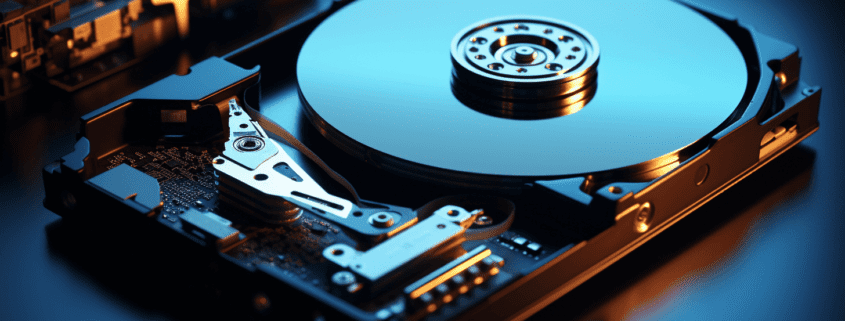Troubleshooting Techniques for Common Hardware Issues
As a computer repair technician at TechBusters, we understand that hardware issues are a common challenge faced by computer users. When a computer malfunctions due to hardware problems, it can be frustrating and disruptive to productivity. In this article, we’ll discuss essential troubleshooting techniques that can help identify and resolve common hardware issues. Whether you’re experiencing problems with the motherboard, RAM, hard drive, or peripherals, these techniques will assist you in diagnosing and fixing the problem efficiently.
-
Check Connections:
The first step in troubleshooting hardware issues is to ensure all connections are secure. Loose cables or faulty connections can cause problems with devices such as monitors, keyboards, mice, and printers. Inspect and reseat all cables and connectors to ensure a secure and proper connection.
-
Test Power Supply:
If the computer fails to turn on or experiences random shutdowns, a faulty power supply may be the culprit. Use a multimeter to test the power supply’s voltage output and check for any inconsistencies. If the power supply is faulty, it may need to be replaced.
-
Perform Memory Diagnostics:
Random crashes, blue screens of death, and system instability can indicate faulty RAM modules. Run a memory diagnostic tool, such as Windows Memory Diagnostic, to test the RAM for errors. If errors are detected, try reseating the RAM modules or replacing them if necessary.
-
Check Hard Drive Health:
Hard drive issues can lead to slow performance, system crashes, and data loss. Utilise disk utility software to check the health of the hard drive and identify any bad sectors or potential failures. Backup important data and consider replacing the hard drive if significant issues are detected.
-
Update Drivers:
Outdated or incompatible drivers can cause hardware malfunctions. Ensure that all drivers, including those for the motherboard, graphics card, and peripherals, are up to date. Visit the manufacturer’s website or use driver update software to download and install the latest drivers.
-
Monitor Temperature Levels:
Overheating can result in system instability and component failure. Monitor the temperature levels of the CPU and GPU using monitoring software. Clean any dust buildup on cooling fans and heatsinks, and consider applying fresh thermal paste to ensure proper heat dissipation.
-
Test with Spare Parts:
If possible, test suspected faulty hardware components with known working spare parts. Swapping components, such as the power supply, RAM, or graphics card, can help identify if a particular component is causing the issue.
By employing these troubleshooting techniques, TechBusters in Brisbane and the Redlands aims to assist computer users in diagnosing and resolving common hardware issues effectively. Remember to check connections, test the power supply, perform memory diagnostics, check hard drive health, update drivers, monitor temperature levels, and consider testing with spare parts. However, if you encounter more complex hardware issues or are unsure about performing the troubleshooting yourself, it’s advisable to seek professional assistance from experienced computer repair technicians.



